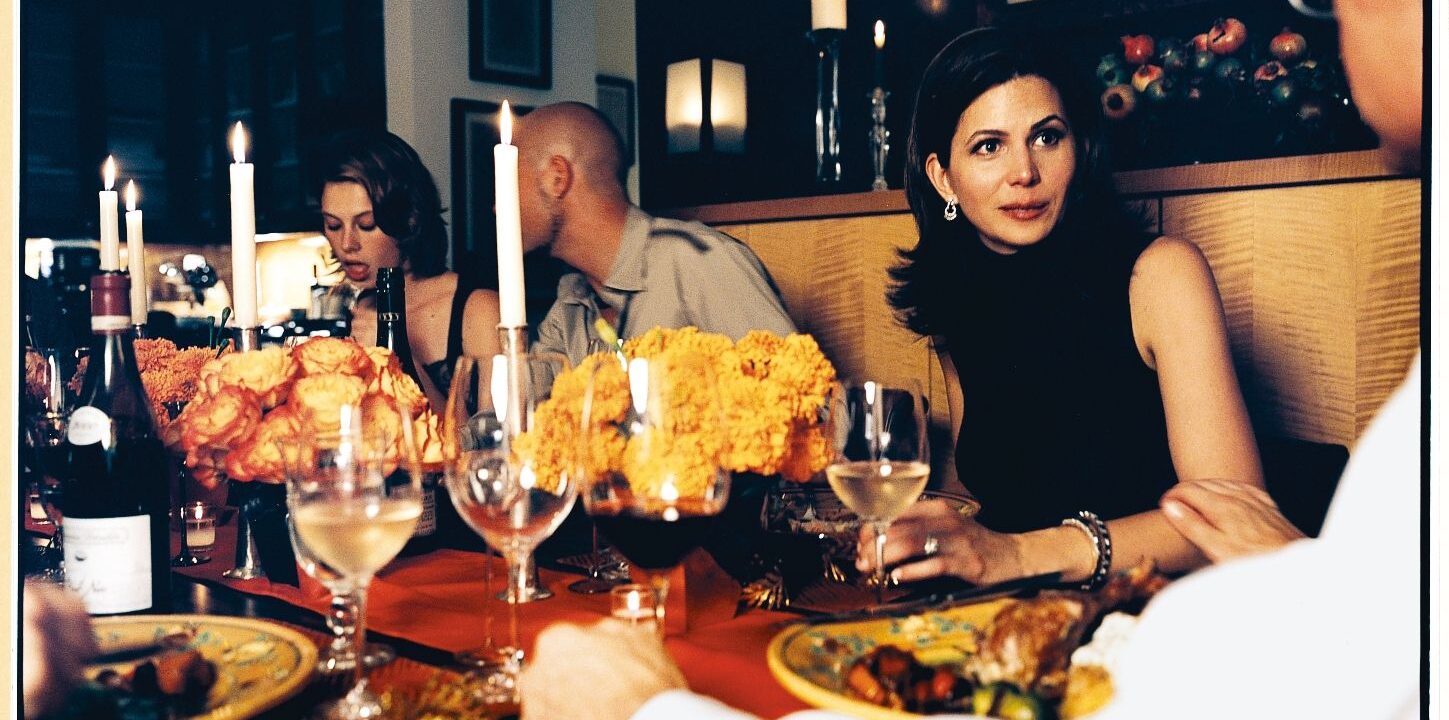On Instagram, my feed has moved on from green juice—now it’s all about shaker bottles and protein powders. In gyms, women eagerly swap protein mug cake recipes with the same enthusiasm they once reserved for smoothie bowls. Protein has hit peak pop-culture status, popping up in everything from coffee blends to brownies and even sprinkled on popcorn. It’s no longer just for bodybuilders—it’s now part of the beauty conversation, sitting alongside retinoids and LED masks as something everyone seems to have an opinion on.
For most of my life, protein felt like someone else’s concern—specifically, the guys at my gym. My beauty fixes came in sleek glass bottles with droppers, designed to look pretty on my vanity. Protein, to me, was purely functional, unglamorous, and only relevant for muscle growth—something I got from meals without much thought. I couldn’t tell you my daily intake because I never tracked it.
That changed when I noticed my skin losing its bounce, despite my meticulous skincare routine. It wasn’t dry in the usual way—no flaking or itching—but it lacked resilience. My cheeks looked a little hollow, my glow had faded, and even my most forgiving foundation settled into new creases. I blamed stress, late nights, or maybe just aging—until a nutritionist friend casually asked, “How much protein are you eating?”
The question seemed out of place. But as dermatologist Dr. Aditi Sharma later explained, it was the missing piece. “Protein is the foundation your skin needs to produce collagen, keratin, and elastin. Without enough, skin loses firmness, heals slower, and hair can thin. It’s not an instant fix, but consistent intake supports long-term repair and resilience.”
Biology doesn’t follow beauty trends. Nutritionists point out that amino acids—protein’s building blocks—are essential for enzymes and hormones that drive skin renewal. They also help regulate blood sugar, which can indirectly reduce skin inflammation. In short, without enough protein, your skin is trying to rebuild without the right materials.
I didn’t overhaul my diet overnight or force down chalky powders. Instead, I made small swaps: Greek yogurt at breakfast, chickpeas in salads, quinoa instead of rice, and almonds or roasted edamame as snacks. Eggs or grilled fish became dinner staples. Nutritionist S. Madhu taught me the key was spacing protein throughout the day—not cramming it all into one meal.
Madhu recommends 0.8 to 1 gram of protein per kilogram of body weight for most adults, slightly more for active individuals or those focusing on skin health. “Not everyone needs 100 grams a day—it depends on lifestyle, weight, and health factors.”
In my first week, I overdid it—motivated by excitement and vanity—and ended up bloated and sluggish. Without enough fiber, protein can slow digestion, and without water, its byproducts can leave you drained instead of energized.
Months into prioritizing protein for my skin, the change isn’t dramatic, but it’s noticeable. My skin feels more stable—less reactive, fewer flare-ups. My rosacea still acts up (thermal water and azelaic acid help), but my face no longer looks deflated by evening. Even my nails, once brittle, have improved.
Protein isn’t a quick fix—it’s a slow, steady investment. Think of it as maintaining the framework that keeps everything in place.The results—fewer breakouts from blood sugar spikes, a stronger skin barrier, and smoother, more even skin—don’t come with the excitement of a flashy new serum launch. Instead, they come from steady protein intake and stick around as long as you maintain the habit. In a beauty industry obsessed with quick fixes, that might be its most unexpected appeal.
Got a beauty or wellness trend you’re wondering about? Let us know! Email Vogue’s senior beauty and wellness editor at beauty@vogue.com.
